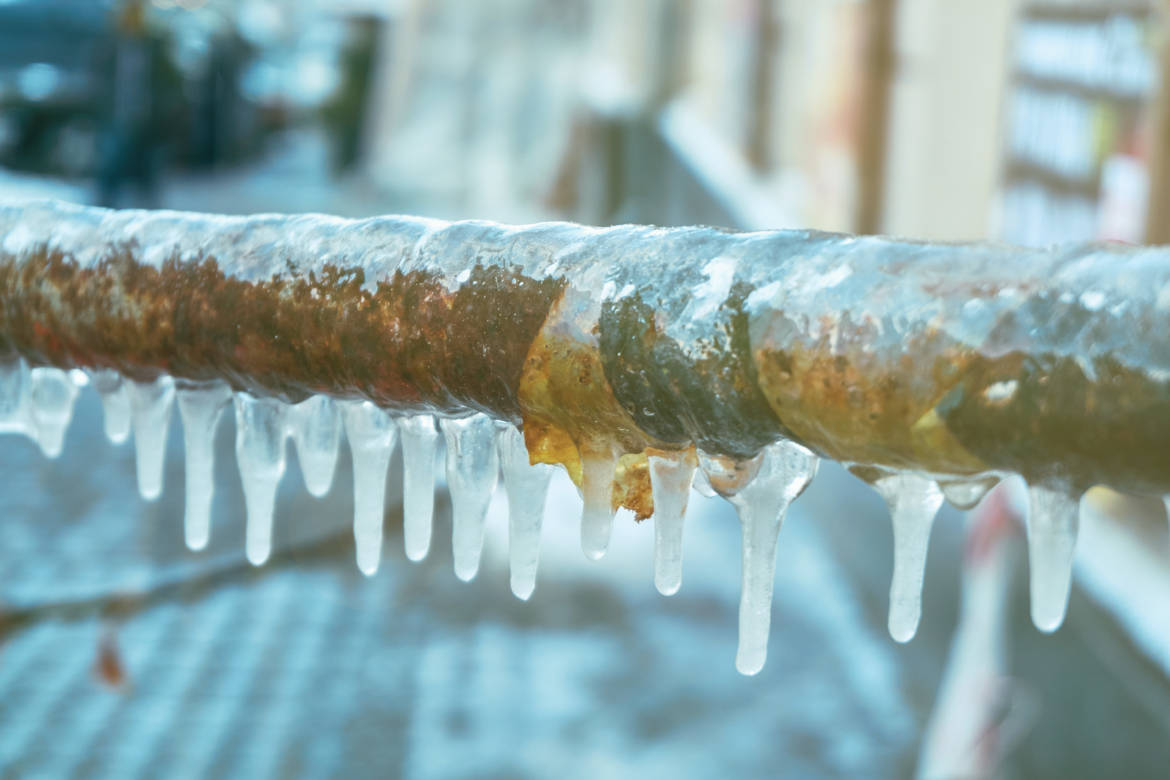Are you trying to find advise concerning How to prepare your home plumbing for winter weather?

Cold weather can damage your plumbing, particularly by freezing pipes. Here's just how to prevent it from taking place and what to do if it does.
Introduction
As temperatures decline, the threat of icy pipelines increases, potentially leading to costly repair services and water damage. Comprehending how to stop frozen pipelines is vital for house owners in cool climates.
Recognizing Frozen Pipes
What triggers pipelines to ice up?
Pipelines freeze when subjected to temperatures below 32 ° F (0 ° C) for prolonged durations. As water inside the pipelines ices up, it broadens, putting pressure on the pipe wall surfaces and potentially triggering them to break.
Threats and damages
Icy pipes can lead to water system interruptions, home damages, and pricey repair services. Burst pipes can flooding homes and create comprehensive architectural damage.
Indicators of Frozen Water Lines
Determining frozen pipes early can prevent them from bursting.
Just how to recognize icy pipelines
Look for reduced water circulation from taps, unusual smells or sounds from pipelines, and noticeable frost on exposed pipelines.
Avoidance Tips
Protecting susceptible pipes
Cover pipelines in insulation sleeves or utilize heat tape to secure them from freezing temperatures. Concentrate on pipes in unheated or external locations of the home.
Heating strategies
Keep interior areas adequately heated, especially locations with plumbing. Open closet doors to enable cozy air to flow around pipelines under sinks.
Safeguarding Outside Plumbing
Garden tubes and exterior faucets
Disconnect and drain pipes yard hose pipes before winter months. Install frost-proof faucets or cover outside taps with insulated caps.
What to Do If Your Pipelines Freeze
Immediate activities to take
If you suspect icy pipelines, keep taps open up to relieve stress as the ice melts. Make use of a hairdryer or towels taken in warm water to thaw pipes gradually.
Long-Term Solutions
Structural adjustments
Take into consideration rerouting pipelines far from outside walls or unheated locations. Add extra insulation to attic rooms, basements, and crawl spaces.
Updating insulation
Buy high-grade insulation for pipes, attics, and walls. Appropriate insulation helps preserve constant temperatures and reduces the danger of frozen pipelines.
Final thought
Protecting against icy pipes requires proactive actions and fast actions. By recognizing the reasons, signs, and safety nets, property owners can shield their pipes during winter.
5 Ways to Prevent Frozen Pipes
Drain Outdoor Faucets and Disconnect Hoses
First, close the shut-off valve that controls the flow of water in the pipe to your outdoor faucet. Then, head outside to disconnect and drain your hose and open the outdoor faucet to allow the water to completely drain out of the line. Turn off the faucet when done. Finally, head back to the shut-off valve and drain the remaining water inside the pipe into a bucket or container. Additionally, if you have a home irrigation system, you should consider hiring an expert to clear the system of water each year.
Insulate Pipes
One of the best and most cost-effective methods for preventing frozen water pipes is to wrap your pipes with insulation. This is especially important for areas in your home that aren’t exposed to heat, such as an attic. We suggest using foam sleeves, which can typically be found at your local hardware store.
Keep Heat Running at 65
Your pipes are located inside your walls, and the temperature there is much colder than the rest of the house. To prevent your pipes from freezing, The Insurance Information Institute suggests that you keep your home heated to at least 65 degrees, even when traveling. You may want to invest in smart devices that can keep an eye on the temperature in your home while you’re away.
Leave Water Dripping
Moving water — even a small trickle — can prevent ice from forming inside your pipes. When freezing temps are imminent, start a drip of water from all faucets that serve exposed pipes. Leaving a few faucets running will also help relieve pressure inside the pipes and help prevent a rupture if the water inside freezes.
Open Cupboard Doors
Warm your kitchen and bathroom pipes by opening cupboards and vanities. You should also leave your interior doors ajar to help warm air circulate evenly throughout your home.

We hope you enjoyed our piece about Prevent Frozen Pipes . Thank you so much for taking time to browse our blog post. For those who enjoyed reading our blog entry if you please make sure you remember to pass it around. I cherish your readership.
Book Your Service